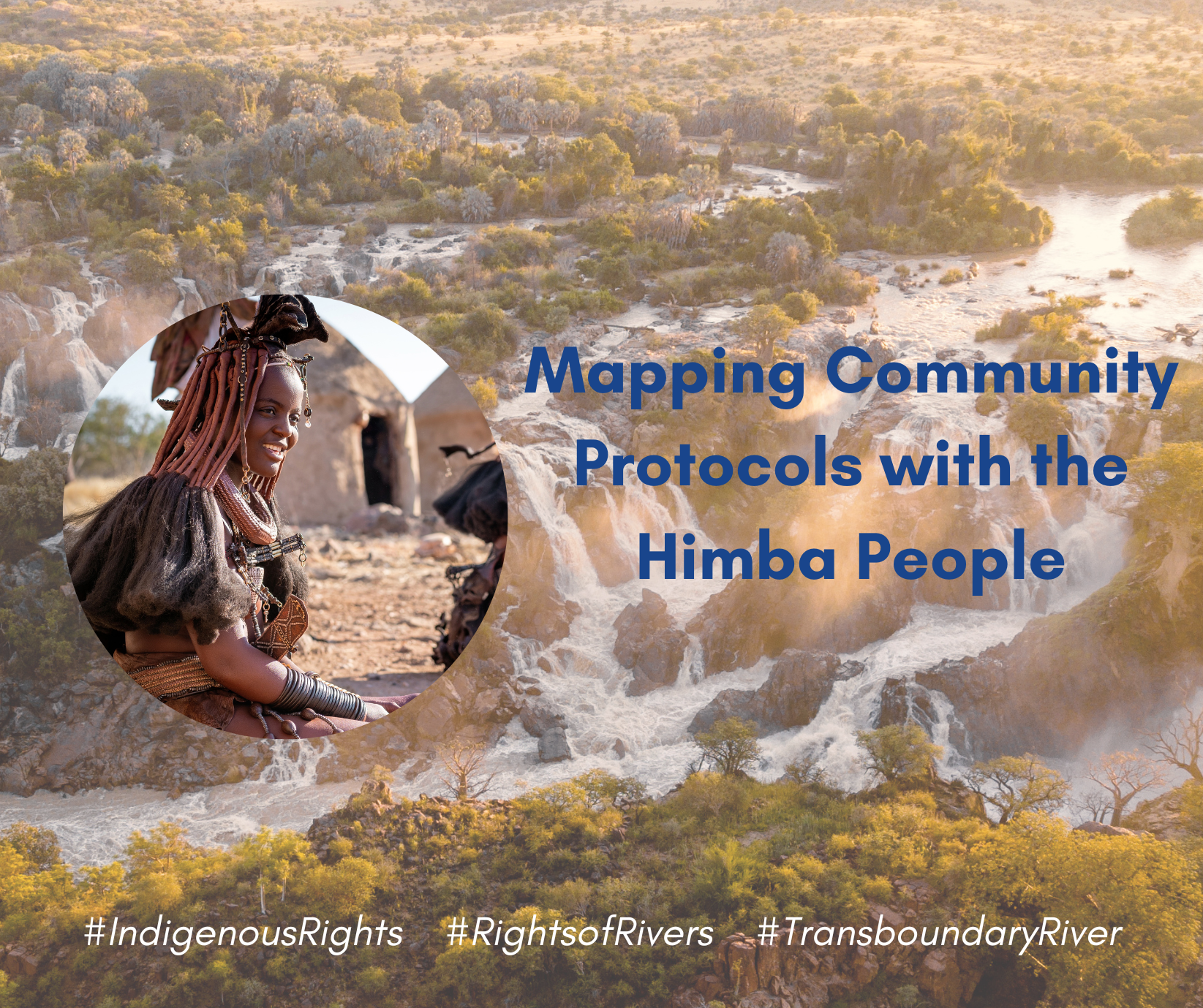By Aqeelah Hassen, Africa Program Communications and Campaigner
International Rivers, Natural Justice, Himba community committee members and two researchers from the Kunene region convened in Windhoek, Namibia for the second Community Protocol workshop last August.

The workshop started with a recap of the purpose of the Community Protocol and then focused on preparing committee members and researchers for the field work they would undertake in villages across the Kunene region, to collect data that would form the basis of the Community Protocol. It covered data collection tools, research methods, and best practices for field research. We also completed a practical community mapping exercise that examined the Himba community’s identity, and their natural, socio-cultural, economic, political, institutional and legal foundations as a community and society.
In addressing identity, community members discussed their collective history and then reached a consensus to self-define their community identity, core values and how they decide who is included or excluded from the Himba identity. Examining their natural foundations, involved listing and discussing the natural resources that were important to and used by the Himba. The group looked at socio-cultural foundations, cultural practices, rituals and values. The economic foundations included discussions around livelihoods, sources of income and subsistence as well as the challenges they face as an indigenous community in this regard. The political and institutional foundations examined decision-making power and processes and their specific societal norms and beliefs. Lastly, we touched on the legal foundations and began to unpack the Himba community’s rights and responsibilities under international, regional, and national laws and policies.
The mapping exercise was a chance for the researchers to practice the kinds of questioning and discussion facilitation they will use in the field. It also served as an opportunity for the Himba committee members to get a sense of what the researchers will be doing in each village, so that they can adequately prepare the villages for their arrival to ensure community buy-in during the data collection phase of the project.
The Community Protocol process is a long and thorough one. Our next steps include finalizing research plans and logistics for the researchers to embark on two to three months of data collection in more than 20 villages across the Kunene region starting this October with the help of International Rivers, Natural Justice and the HImba community committee.
Read part one: Protecting Rights of the Himba Indigenous Community and Kunene River through Community Protocols

